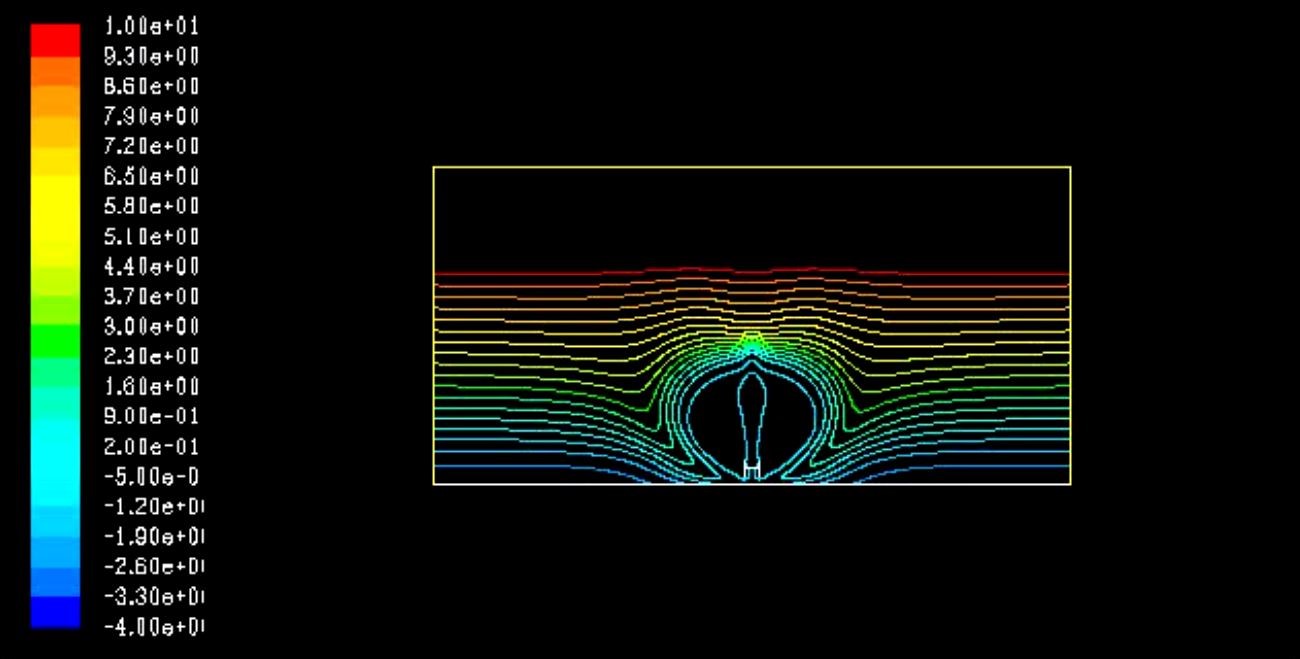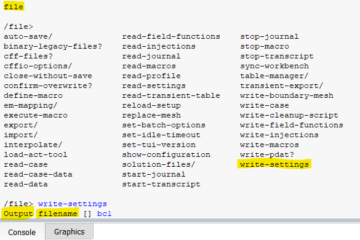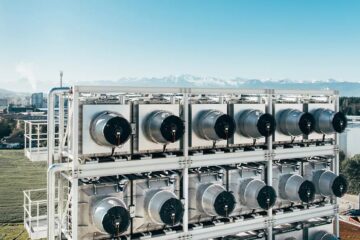A SELECTIVE INVERTED SINK

The selective inverted sink or SIS is a device used by farmers to protect plants from frost. The sink is actually a large fan housed in a chimney-like structure and works by defeating surface temperature inversion. Cold air is denser than warm air and will pool at ground level during calm weather. This lowers the surface temperature, even if the ambient temperature is higher. Vents near the base of the chimney allow cold surface air to be pulled up through the chimney, creating a suction effect that draws warmer air down to surface level. The SIS is more efficient than typical ground-heaters and is widely used to combat frost.
The mechanism of the SIS device was modelled in Ansys Fluent by XAV Experts.

The Geometry and boundary condition of the SIS model

The Contour of Temperature
For more information about frost protection and SIS technology, see The SIS Technologies website.
-
Technical Article in Springer Link
Selective inverted sink efficiency for spring frost protection in almond orchards northwest of Isfahan, Iran
Authors: H. Yazdanpanah, C. J. Stigter (2010)
Theoretical and Applied Climatology Journal
Abstract:
A so-called selective inverted sink (SIS) was validated in frost protection of a 20-ha almond orchard. Daily counts of flower buds were made for two branches of some selected almond trees in every plot to determine frost damage percentage.
Temperatures increased due to the SIS system, but there was an average gradient of temperature decrease of about 0.4°C per 100 m with distance from the SIS. The minimum air temperature increased from 0.5 to 2.8°C, with the highest increase closest to the SIS.
The percent of frost-damaged flower buds of almond relative to the control plot with distance to the SIS system had its maximum gradient (8% per 100 m ) in 100–200-m distance from the SIS, but this gradient decreased to a minimum (4% per 100 m) in 500–700-m distance from the SIS. The ANOVA and Duncan’s multiple-range test of air temperature and frost damage data confirm that the significant influence zone of this local SIS was about 500 m.



1 Comment
Amir · 1 July 2021 at 2:08 pm
Thanks for sharing.